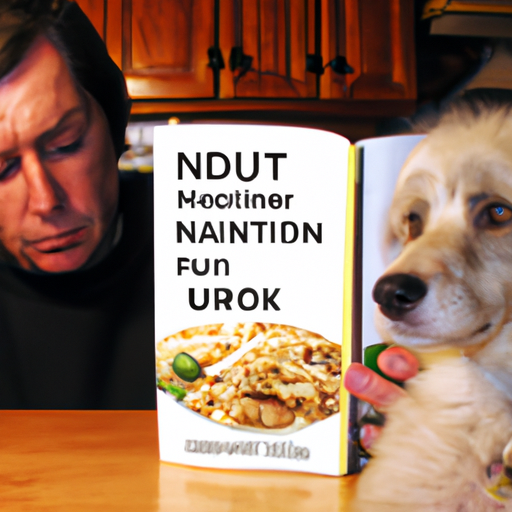Understanding Your Dog’s Nutritional Needs
Just like humans, your furry friends have nutritional needs that must be met for them to live long, healthy lives. The amount of food they need varies depending on their age, breed, weight, and activity level. But you, as a responsible and caring dog owner, are in the best position to determine the right feeding schedule and portion sizes for your pet.
- Puppies usually require frequent meals – about three to four times a day – as they’re growing rapidly.
- Adult dogs, especially those that are active, may also benefit from eating two meals per day.
- Older dogs may not have as much appetite or may have health issues that require specific feeding schedules.
Factors That Influence How Often Dogs Should Eat
Various factors can influence your dog’s eating habits, and understanding these can help you provide the best care for your pet.
- Age: Puppies need to eat more frequently than adult dogs.
- Breed: Some breeds have faster metabolisms and may require more frequent meals.
- Health: If your dog has a health condition like diabetes, it may need to eat more frequently.
How to Create a Feeding Schedule for Your Dog
Creating a feeding schedule for your dog can seem daunting, but it’s quite manageable once you understand your pet’s needs.
| Age | Meal Frequency |
|---|---|
| Puppies | 3-4 times/day |
| Adults | 2 times/day |
| Seniors | 1-2 times/day |
The Importance of Regular Vet Check-ups
To ensure your dog’s diet is meeting all their nutritional needs, regular vet check-ups are essential. Your vet can provide guidance based on your dog’s health, weight, and age. They can even recommend specific brands or types of dog food that would best suit your pet.
Troubleshooting Your Dog’s Eating Habits
If you notice that your dog isn’t eating as much as usual, or if they’re eating too much, it’s important to consult with a vet. Changes in eating behavior can be a sign of underlying health issues.
Frequently Asked Questions
Q: Can I feed my dog once a day?
A: While some dogs can manage on one meal a day, it’s generally recommended to split their food into two meals to help them feel satiated and energized throughout the day.
Q: How much should I feed my dog?
A: The amount varies depending on your dog’s age, size, breed, and activity level. It’s best to consult with your vet for specific guidance.
Q: My dog isn’t eating their food. What should I do?
A: If your dog is refusing to eat, it’s important to consult with your vet. There could be a health issue that needs addressing.



